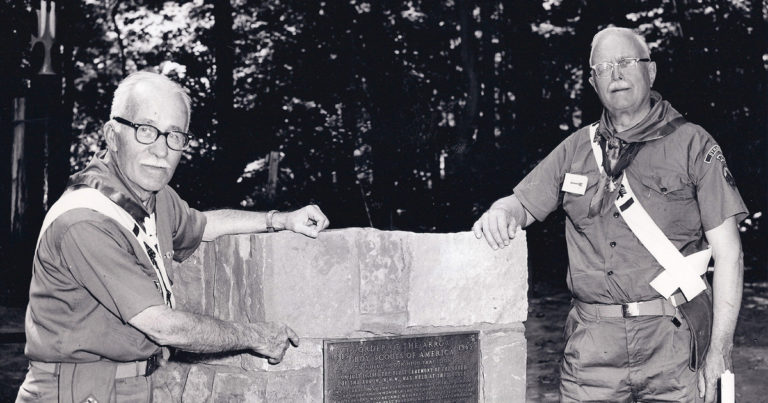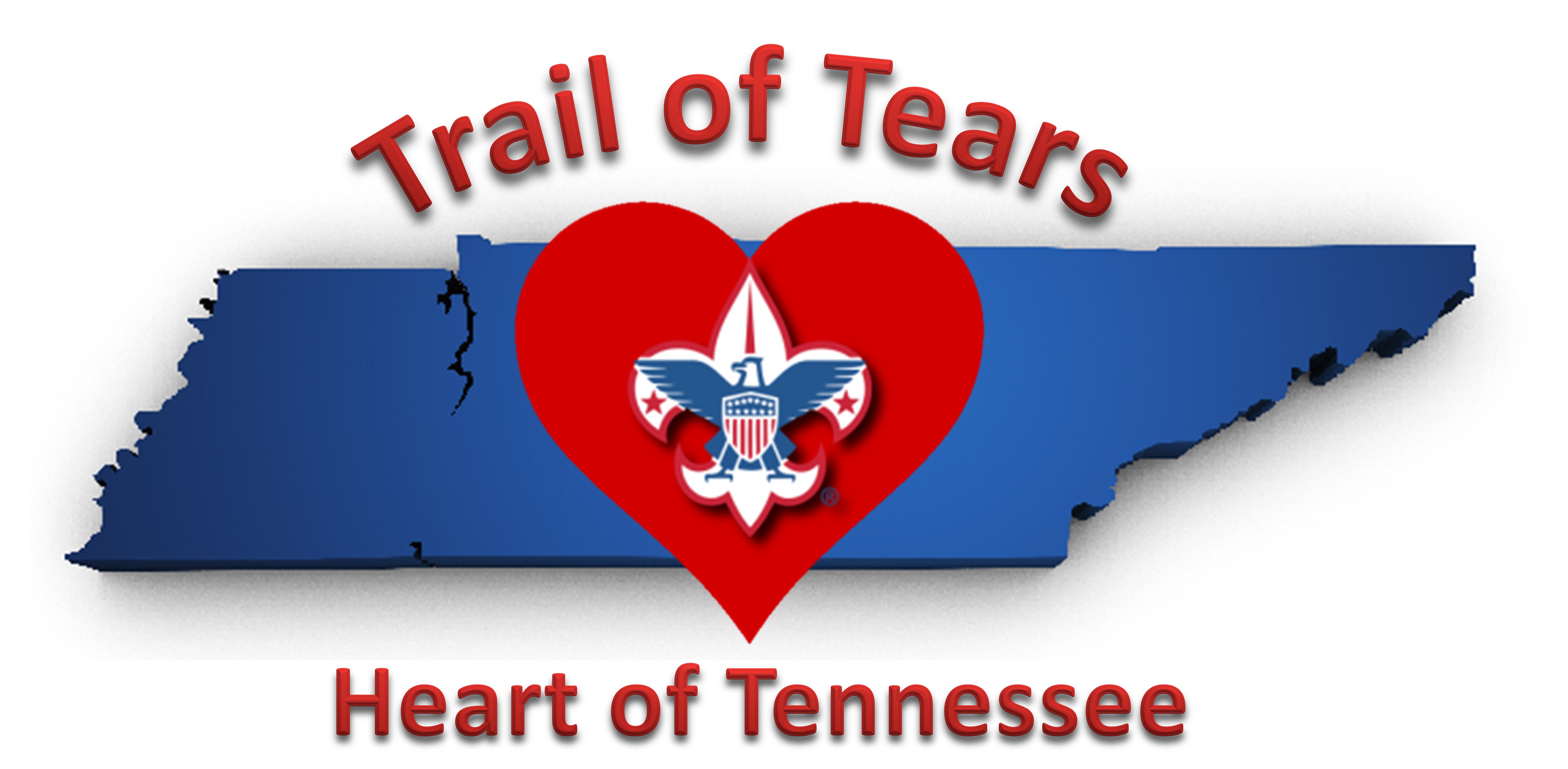
In some Order of the Arrow lodges, the practice of keeping detailed records about lodge events is ancient history. A lack of time or interest has left large holes in these lodges’ historical narratives.
But all is not lost.
A new generation of Arrowmen has realized that studying a lodge’s past can help the OA grow in the future. The OA is Scouting’s national honor society, and when it grows, Scouting does too.
To help Arrowmen gather, preserve and showcase their history, the OA has released its Lodge History Resource Guide. The 73-page guide, available here as a PDF, was written by some of the best lodge historians in OA history.
Among the topics covered:
- Assembly of lodge collections
- Preservation of historical donations, memorabilia and materials
- Considerations for maintenance and succession planning of lodge history work
- How to write about history
- How to conduct an oral history
- Historical presentation and aesthetics
- Historical exhibit design and construction
- Steps for developing an engaging lodge history website
- Using photography in a written history
Kenneth P. Davis, an Arrowman who sits on the National OA Committee, writes the guide’s foreword and includes these thoughts on why time spent preserving OA history is time well spent:
So your commitment to good history at the lodge level helps ensure commitment to success by preserving the local heritage and promoting future success based in part on a valuable and remembered tradition of lodge good works.
In the end, good OA history makes lodges better and more willing to continue the successes of our first century into the future for the good of all our members, our councils and our nation at large. It is an important job and one I hope every Arrowman will want to have some part in.
To get started, check out the Lodge History Resource Guide.
Powered by WPeMatico
